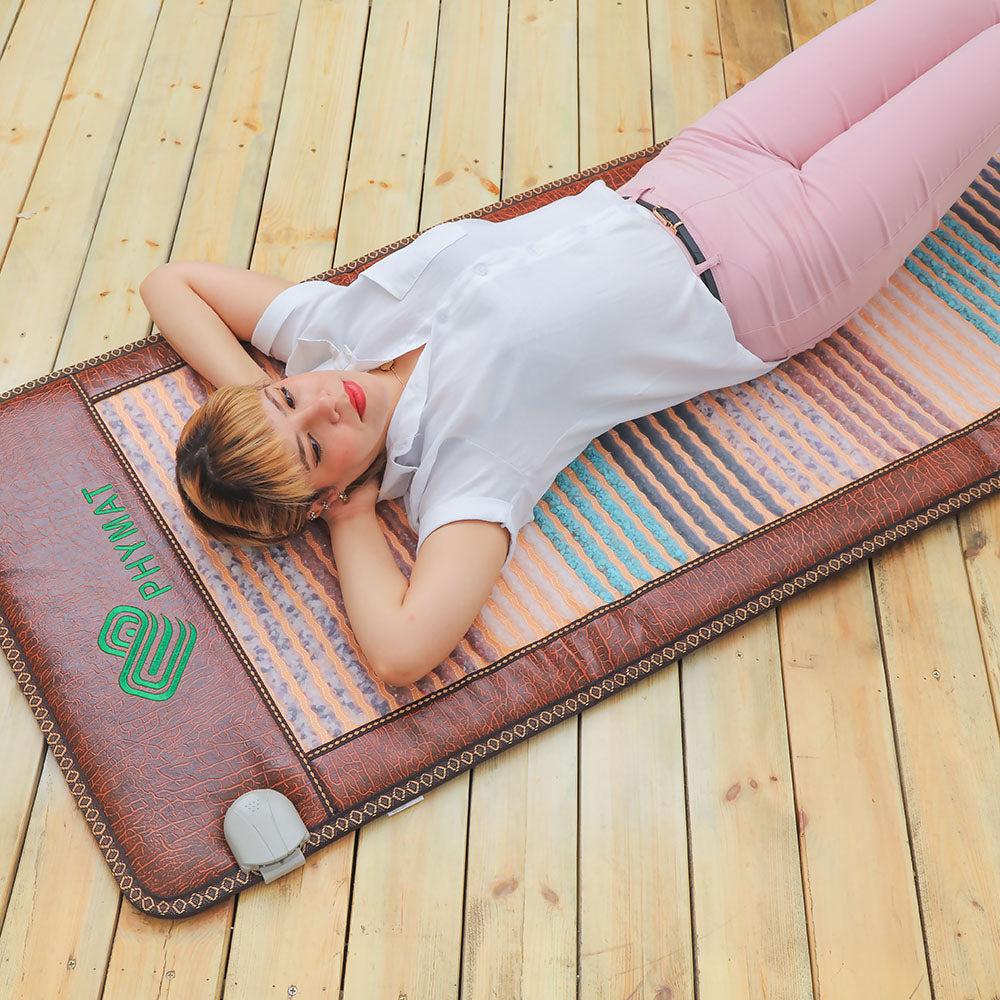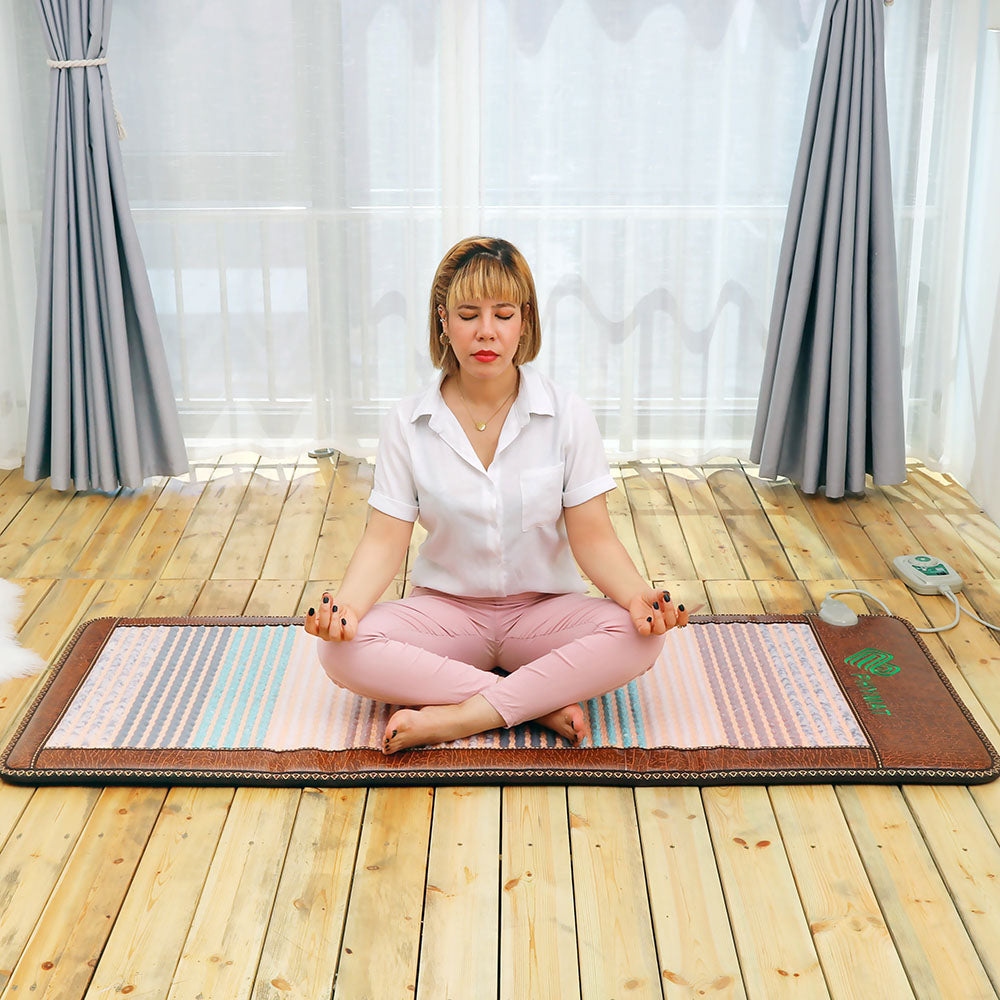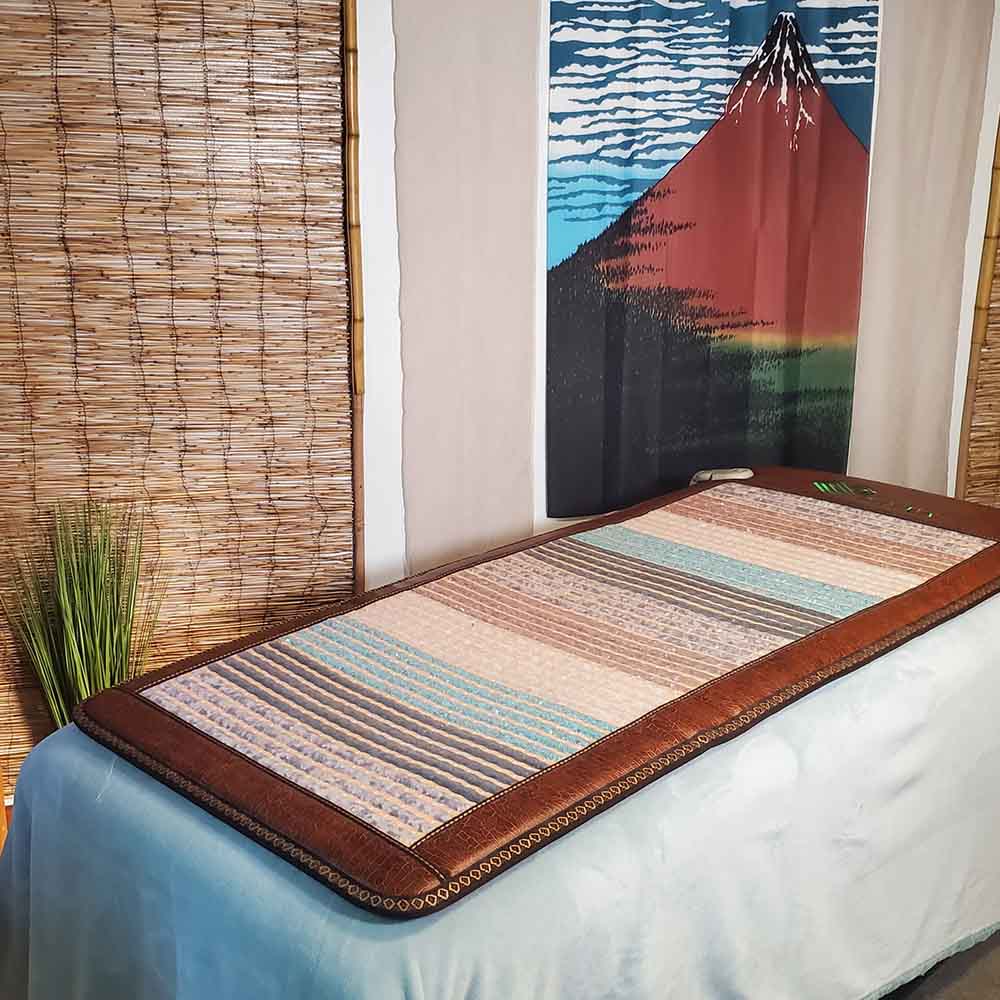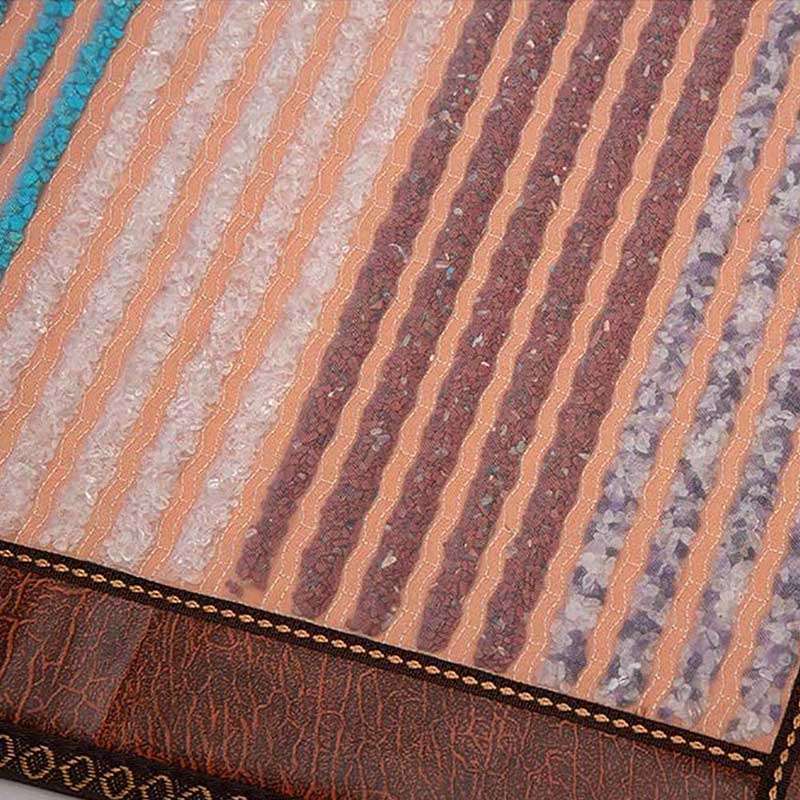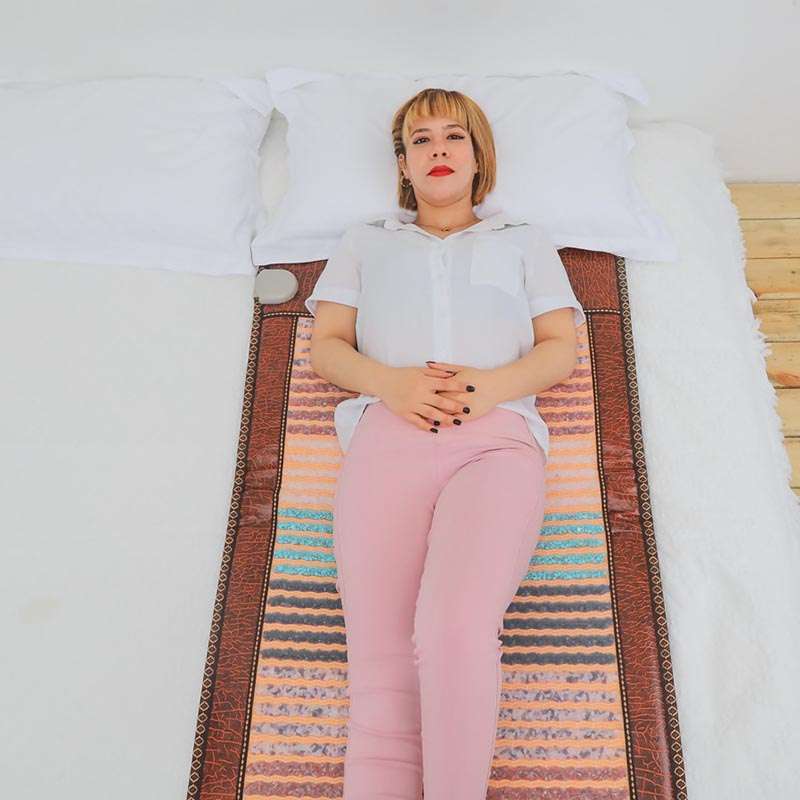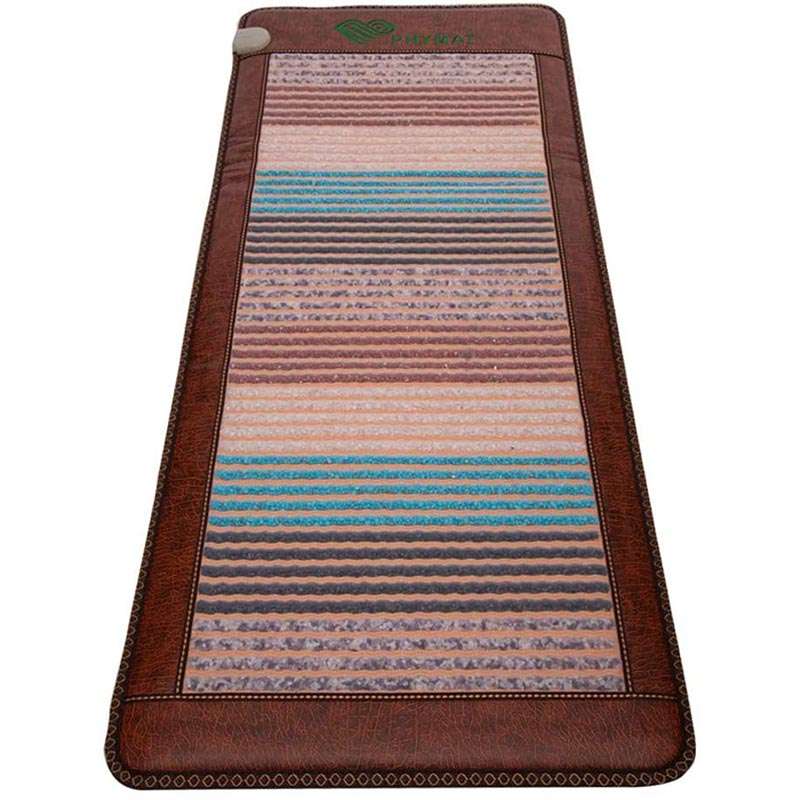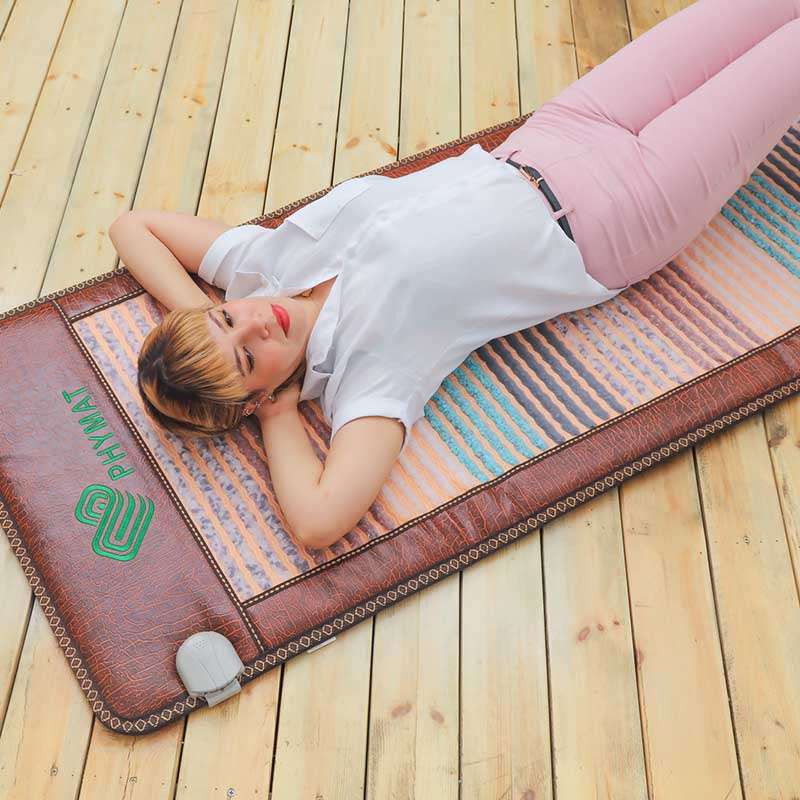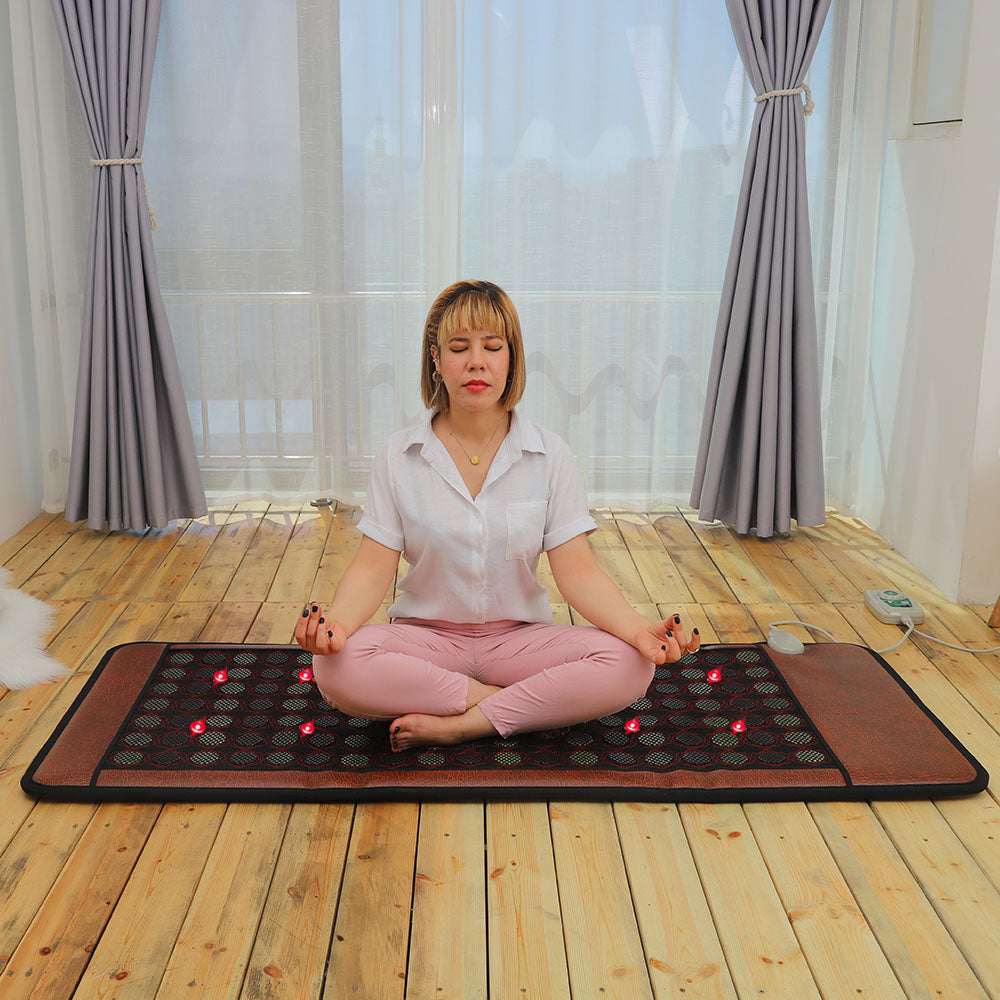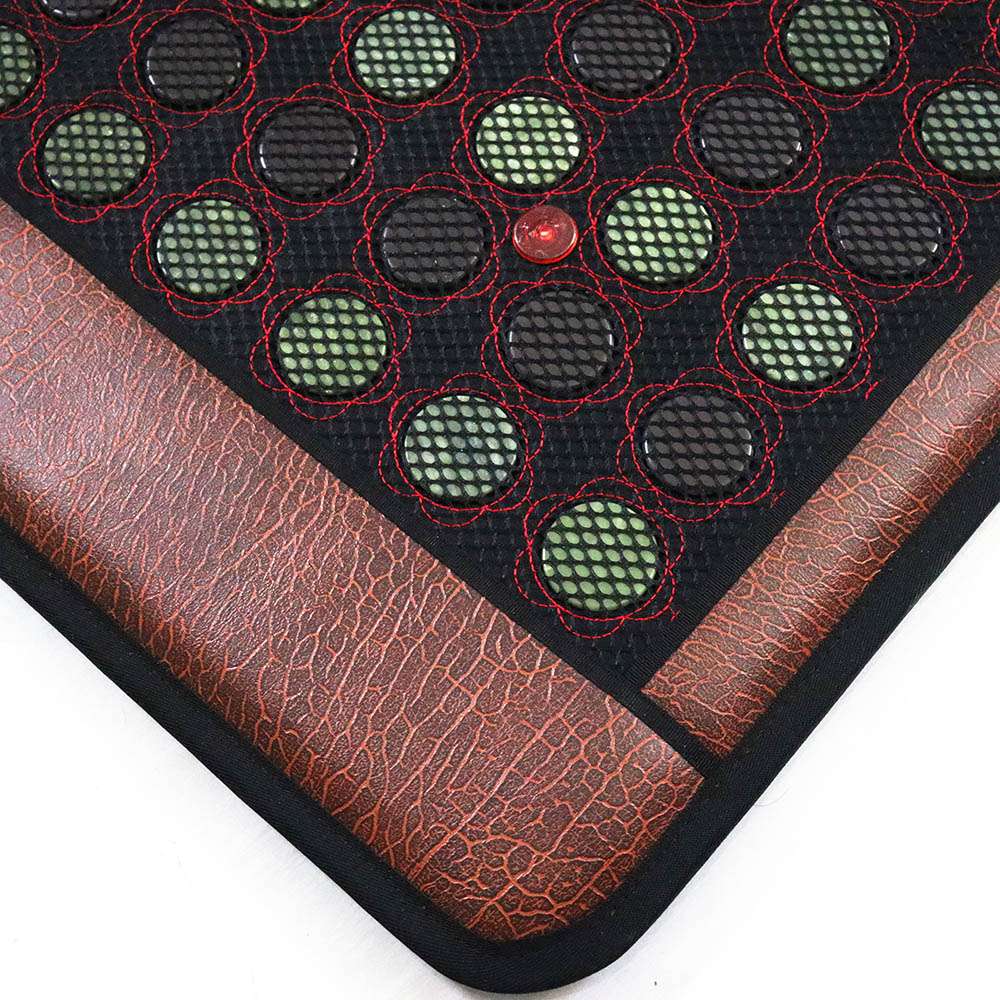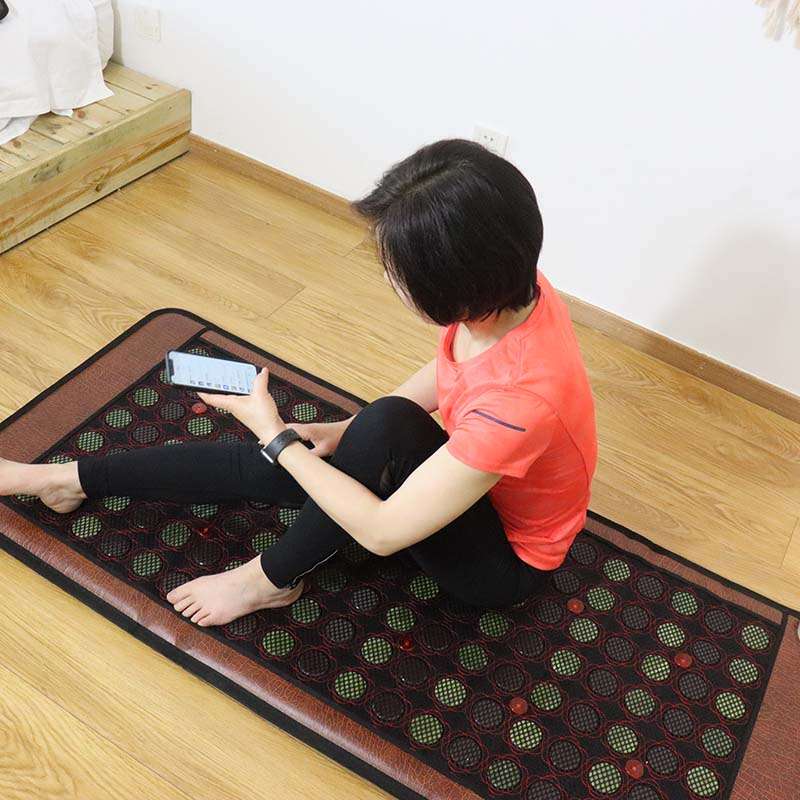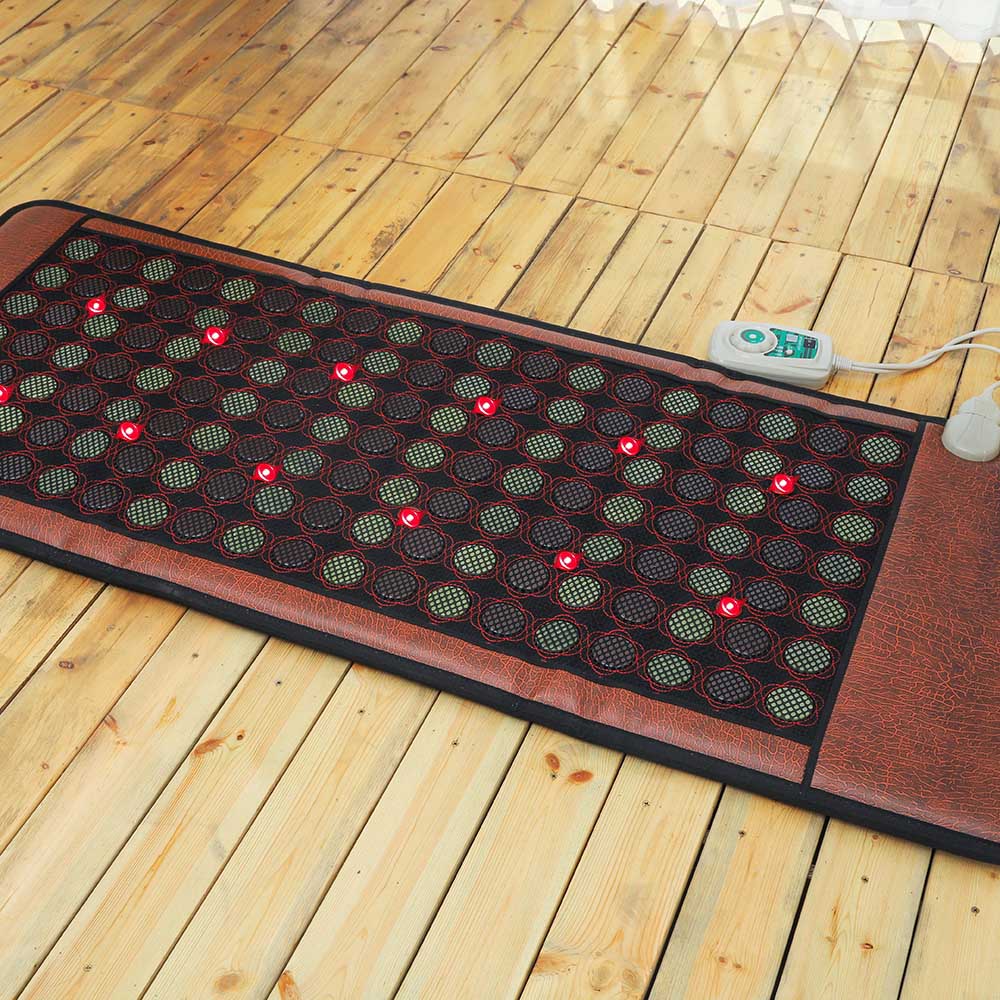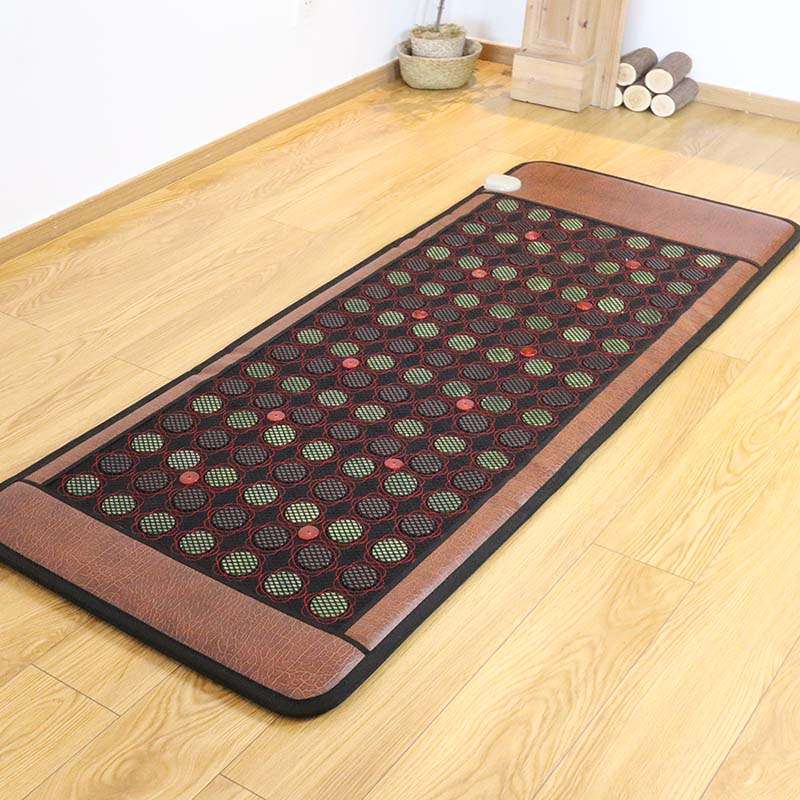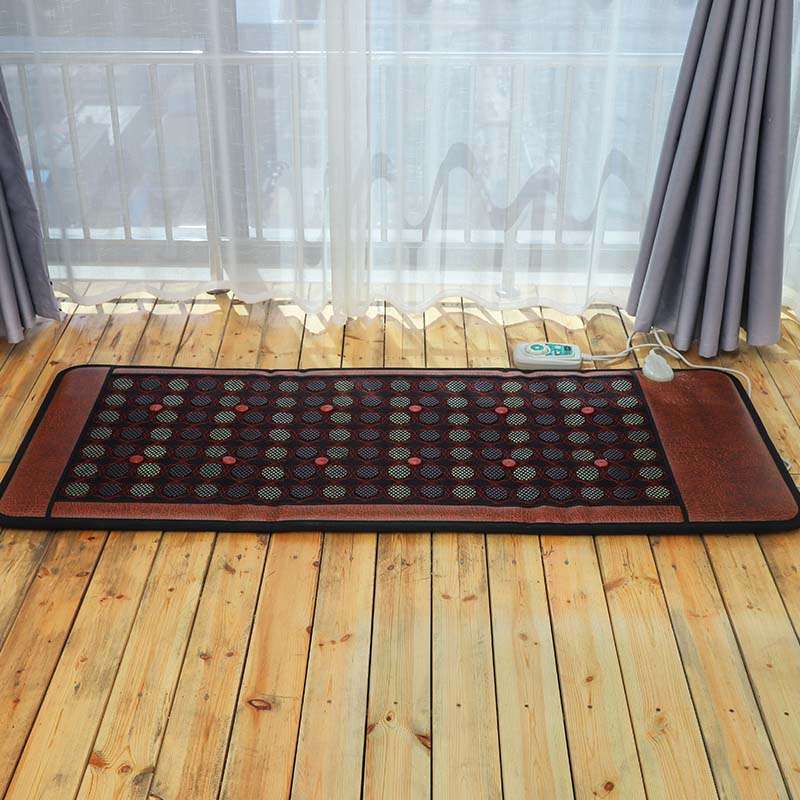Sciatica refers to pain that radiates along the path of the sciatic nerve, which branches from your lower back through your hips and down each leg. Here’s how to manage it effectively.
Sciatica sufferers experience a wide range of symptoms. The sciatic nerve runs through many muscles from the lower back, and into the leg, causing a wide range of possible symptoms. You might notice that you have pain on one side of your buttock, or in one leg that is worse when sitting. The sciatic nerve splits in two and run down each leg at the tailbone, so symptoms are not always mirrored on both sides of the body. Some people feel a burning or tingling on one or both legs. There might also be weakness, numbness, or difficulty moving a leg or foot. Symptoms might also be severe as feeling constant pain on one side of the rear, or sharp pain that may make it difficult to stand up or walk.
The good news is that many people with sciatica pain get better with self-care treatments over time. In this video, we will discuss you should effectively deal with sciatica pain. But before that, you need to know the risk factors.
Risk Factors of Sciatica Pain:
People have a greater chance of developing sciatica pain due to many reasons. Those individuals who had a previous injury to their lower back or spine, and are part of an inactive lifestyle are at more risk.
People who have osteoarthritis (a bone disease) or diabetes, lack a strong core, have a job that requires heavy lifting, are overweight and have obesity, or have a bad posture are also at greater risk of developing sciatica pain.
With all these risk factors discussed, let’s move forward to some great ways to relieve sciatica pain.
1. Avoid Sitting for a long period & keep moving
If you don’t feel too much pain, it is better to go for short walks or just a gentle stretch for a while, mainly trying to work out your lower back. But don’t go for aggressive exercises.

deal with sciatica from sitting too long
Also, avoid sitting for too long since it puts pressure on the ligaments and discs in the lower back.
You should take frequent breaks if your job includes mostly sitting.
In short, less sitting and more walking.
2. Apply hot and ice packs
Initially, reduce the swelling and pain with ice packs. Apply a bag of frozen vegetables or ice packs wrapped in a towel. Make this part of your routine for 20 minutes, numerous times each day.
After some days, use a heating pad or apply a hot pack for 20 minutes at one time.
Using ice for sciatica pain can significantly reduce pain and lower nerve conduction on your skin. What’s more, applying ice reduces tissue temperature, which creates a numbing effect due to constricted blood vessels and decreased blood flow. Upon using cold therapy regularly, you will notice that it reduces muscle spasms. It does so by cooling down your muscle fibers.
The best time to use ice therapy is immediately when your pain begins. Doctors especially recommend cold therapy for acute sciatica or when it flares up.
How to apply cold therapy for your sciatica pain:
Place ice packs on your lower back to reduce inflammation of the sciatic nerve. Be careful not to give yourself frostbite. Icepacks shouldn’t directly touch the skin; wrap them in a cloth or towel. Leave them in place for no more than 15 to 20 minutes at a time, with at least a 15- to 20-minute break in between. Try a cycle of on-off-on-off-on (this will take between 75 and 100 minutes). Then take a break to see how you feel.
Another way to apply cold to a painful area is an ice massage. Freeze water in a paper cup and then tear away the top half of the cup. Using a circular motion, massage the lower back with the ice. Cover an area about six inches in diameter, and keep the cup moving to prevent frostbite. Avoid the bony part of the spine. Massage for no more than 10 minutes and wait at least an hour between massages.
It’s okay to try some gentle stretches between ice applications, though better to wait about half an hour for the area to warm. Three to five applications per day may help relieve some of the pain.
You should switch between ice and hot packs, which are better for sciatica pain relief.
How to Apply Heat Therapy
Heat therapy can be applied using dry or moist methods. Dry heat includes heating pads, hot water bottles, heat wraps, heat patches, or saunas, while moist heat consists of warm baths, steamed towels, or moist heat packs. You can also apply heat locally, regionally, or fully.
Let’s go over the differences and when to use each.
- Local heat therapy is best for small areas of pain, like a stiff lower back, and is achieved using a heat patch. Since sciatica affects multiple areas, this probably isn’t the best option.
- Regional heat therapy typically consists of warm towels and heating pads and is best for widespread pain such as the lower back and behind your pelvis, making it a great option for sciatica pain.
- Full heat therapy is also ideal for sciatic nerve pain extending to the lower extremities. It can be practiced in a sauna or warm bath. However, sciatica may make it difficult to sit in the tub, but warm showers are just as effective.
- If your sciatica causes extreme tension in your lower back, you can apply heat for 30 minutes to 2 hours, but if your sciatic pain is mild, stick to 15 to 20 minutes per session.
Is Heat or Ice Better for Sciatica?

If you suffer from sciatica or other types of lower back pain, you might be wondering whether heat or ice is better for sciatica…
Best Heating Pad for Sciatica

People with sciatica pain get better with home remedies & treatment. Let’s take look at the best heating pads for sciatica nerve pain relief.
3. Keep your weight under control
Did you know that you have more chances of developing sciatica pain if you are overweight or obese?

keep your weight under control
Moreover, overweight people with sciatica heal more slowly.
This is because more weight puts extra pressure on the spine resulting in herniated discs.
Even a slight weight reduction should reduce pressure and inflammation of the spine.
4. Stay Stress-free

Sometimes your emotions and stress make your pain appear worse, by causing the muscle to tense up.
You should try cognitive behavioral therapy, in which you will work with a mental health professional. The health expert will assist you in changing your thoughts and behavior.
5. Physical therapy
Working with a physical therapist is often more helpful in treating sciatica pain. A physical therapist will tell you about exercises and stretching routines and will help to improve your posture.

With a good posture, you take the pressure off the sciatica nerve.
When nothing works, unfortunately, the last option is surgery.
This happens with almost 5 to 10% of people having sciatica pain.
If you have mild sciatica but feel pain after three months of exercising and taking medicine, your doctor might recommend surgery.

